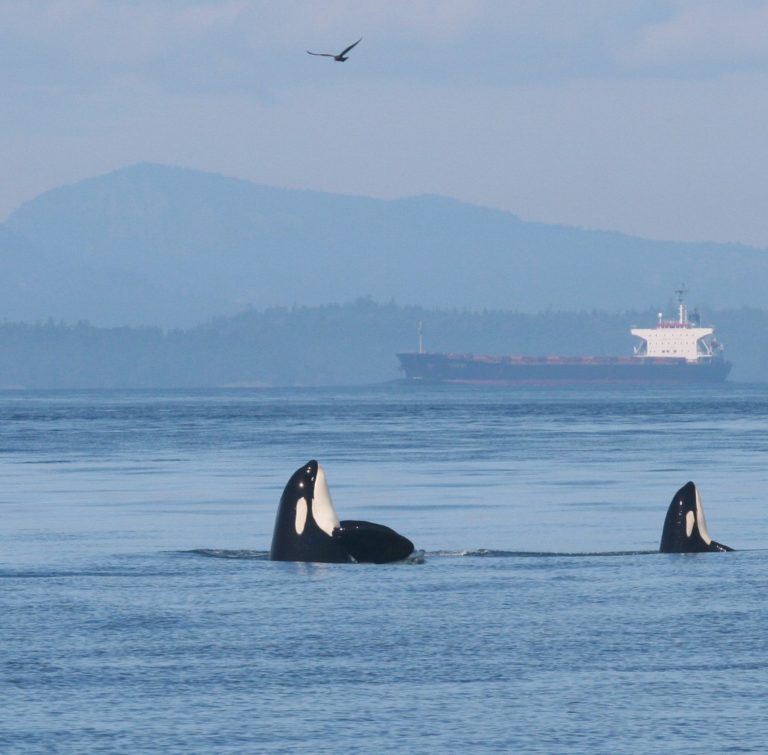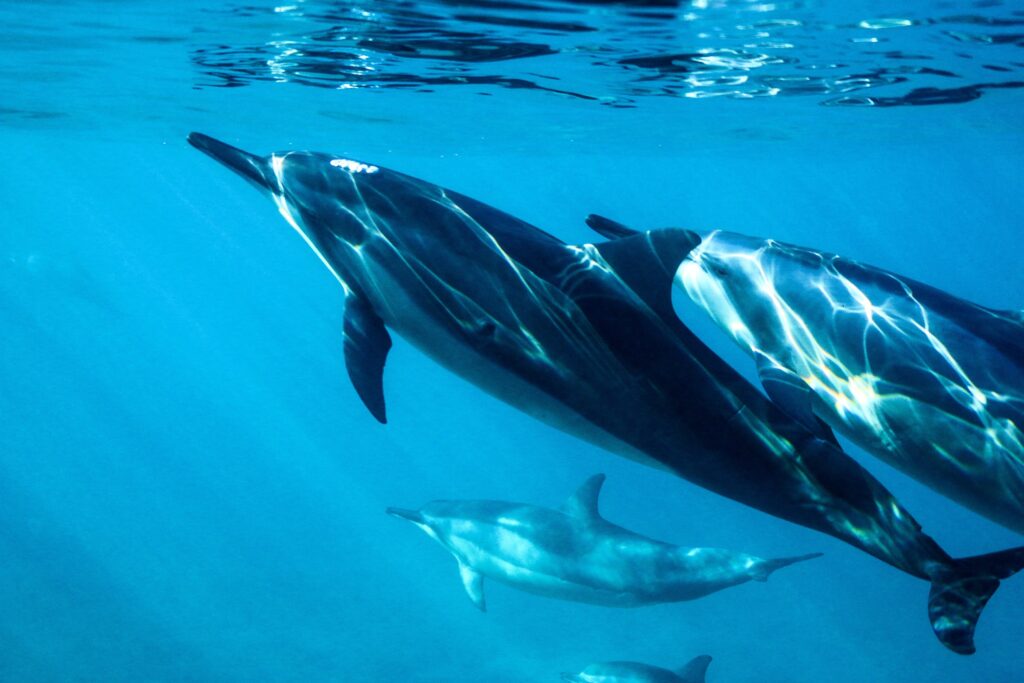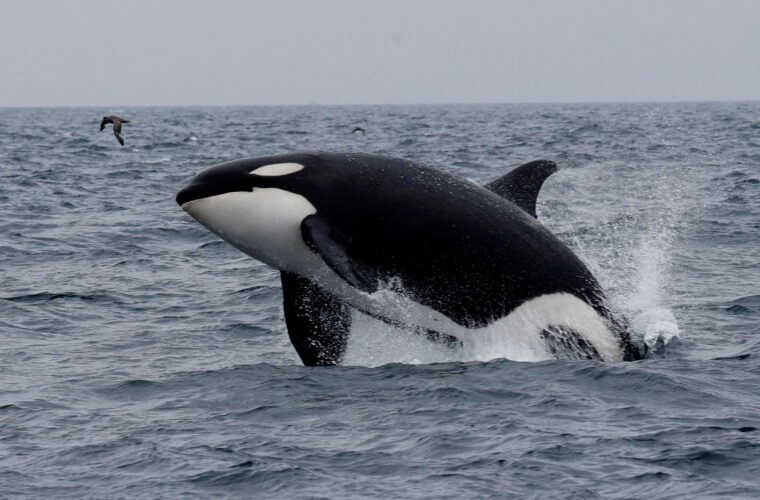Most of us are familiar with air and water pollution, but not underwater noise pollution. According to WWF, though, this is a loud and clear threat, and it is critical to act now to tackle it. The underwater noise pollution from the ships drive away the whales while also affecting the communication of the dolphins, which according to scientists, “scream”, while the fish also seem to lose their way. Underwater noise from shipping doubles every ten years or so, and as scientists point out, it is now affecting ocean health to a greater extent.
“We suspect most marine life — from tiny shrimp to massive blue whales — is impacted by underwater noise pollution in some way because they rely on sound to sense their environment, navigate, find food, avoid predators, or communicate. Cetaceans (whales and dolphins) are some of the more studied marine animals when it comes to underwater noise pollution, so we know a lot more about the effects on them. Researchers are now also turning their attention to fish and invertebrates,” Hussein Alidina, WWF-Canada’s lead specialist for marine conservation, notes.
Whales under threat
For centuries, Inuit communities in the Canadian Arctic secured food by fishing for narwhal whales and seals. They hunted, trapped, and fished long before the Hudson Bay Company opened its first commercial “base” in the Arctic in 1921. A century later, locals say they no longer find whales “where they should be” and blame the ship’s noise. Researchers have likened the passage of a single icebreaker to an underwater ‘rock concert’. And icebreakers are an increasingly common sight in the area.

Ship noise is caused by the propellers and machinery each passing ship carries. It can disrupt activities essential to the survival of marine mammals, shrinking their communication space, causing stress to these creatures, and displacing them from important habitats.
In the past six years, the intensity of underwater noise pollution from increasingly dense ship traffic has doubled in the Arctic. It is expected to double again within the next decade as the ice melts and new sea lanes open due to the climate crisis.
According to Hussein Alidina, “excessively loud sounds, like seismic blasts used for oil and gas exploration, can cause damage to the hearing organs of cetaceans and result in temporary or permanent hearing loss. More continuous or chronic noises can mask communication and the ability of animals to hear and avoid danger. This may put whales at greater risk of ship strikes or separation from their calves or pod. Underwater noise can also compromise the ability of whales that use echolocation to map their environment and find food. Noisy environments have been documented to increase stress hormones in some baleen whales“.
Dolphins “scream”
The research heightens concerns about the effects of human noise pollution on marine life, as dolphins also appear to be affected.
We’ve all experienced the frustration of trying to hold a conversation in a pub or restaurant. Now researchers have shown that dolphins may face a similar scenario, indicating that they “yell” at each other when they come across noise pollution from human activity.
Dolphins are social, intelligent animals that rely on whistles to communicate and use echolocation to hunt and navigate. Thus, noise produced by human activity, such as drilling and shipping, has potentially harmful effects on the health of marine populations.

According to the Guardian, the latest study involved a pair of dolphins, Delta and Reese, and looked at how their ability to cooperate is affected by ambient noise. During an experiment, when increasing noise levels were played from an underwater speaker, both dolphins compensated by changing the volume and length of their vocalizations.
Sound travels 4.5 times faster in water than in air, meaning that many marine organisms have evolved to rely on sounds to provide important cues for navigation, foraging, predator avoidance, and communication.
But over the past few decades, the underwater soundscape has changed radically from a landscape characterized primarily by natural sounds to one dominated in some areas by human noise pollution from shipping traffic, seismic exploration, oil drilling, and offshore wind farms. Increased noise has been linked to sedation, decompression sickness, and behavioural changes.



